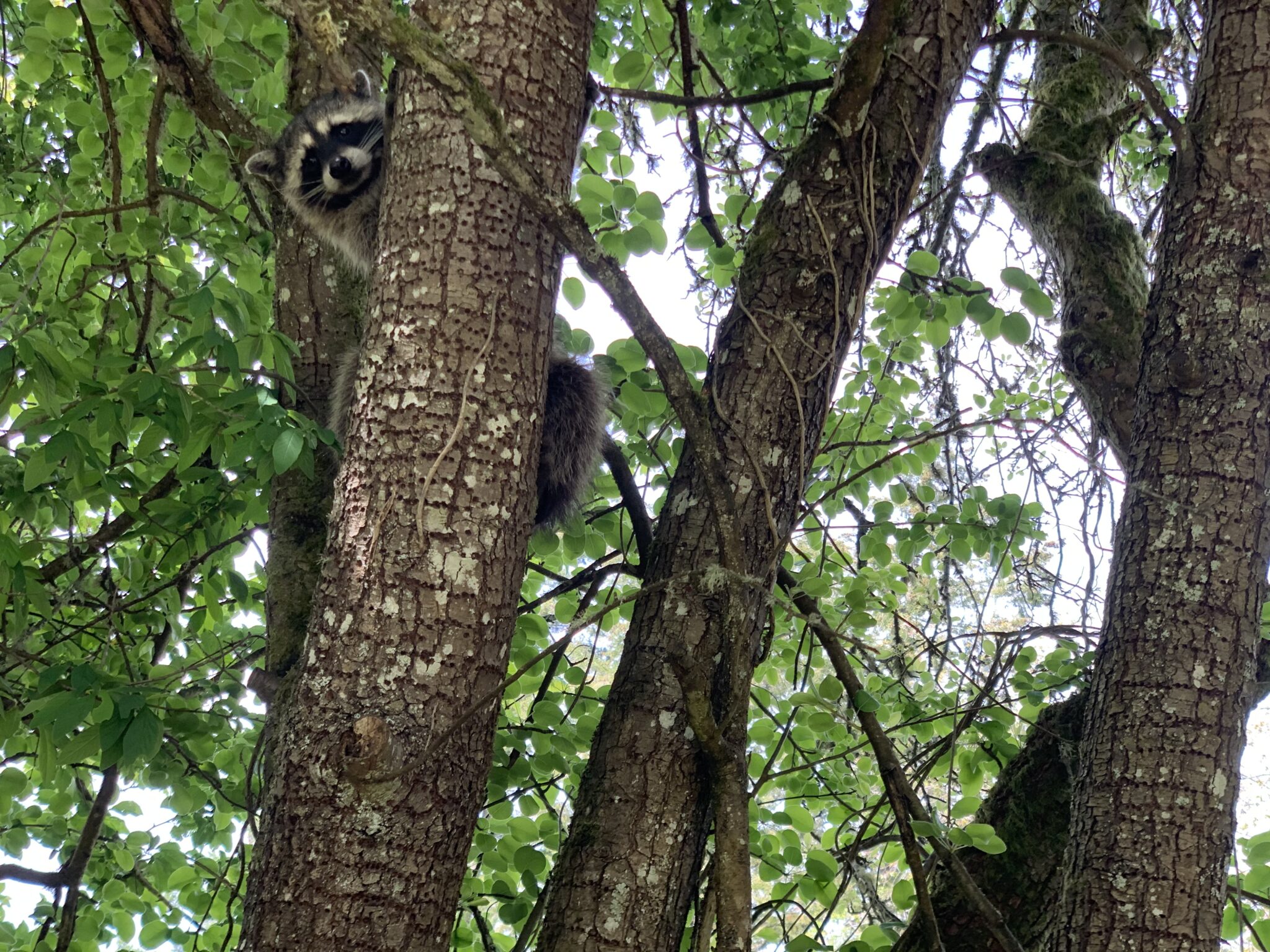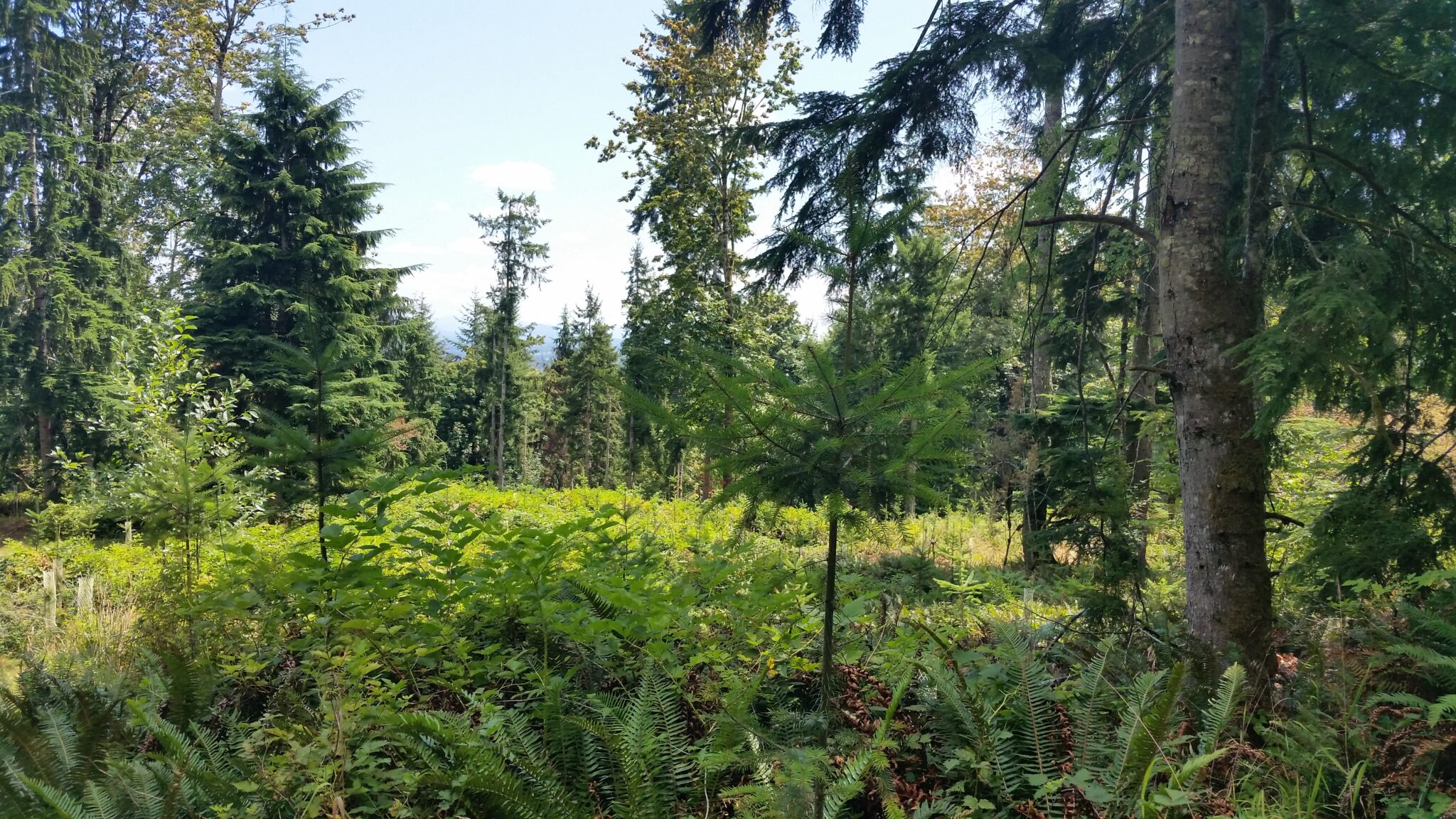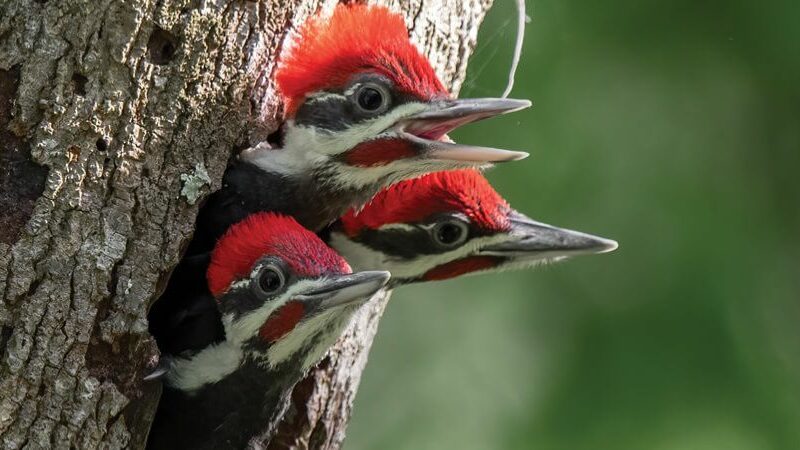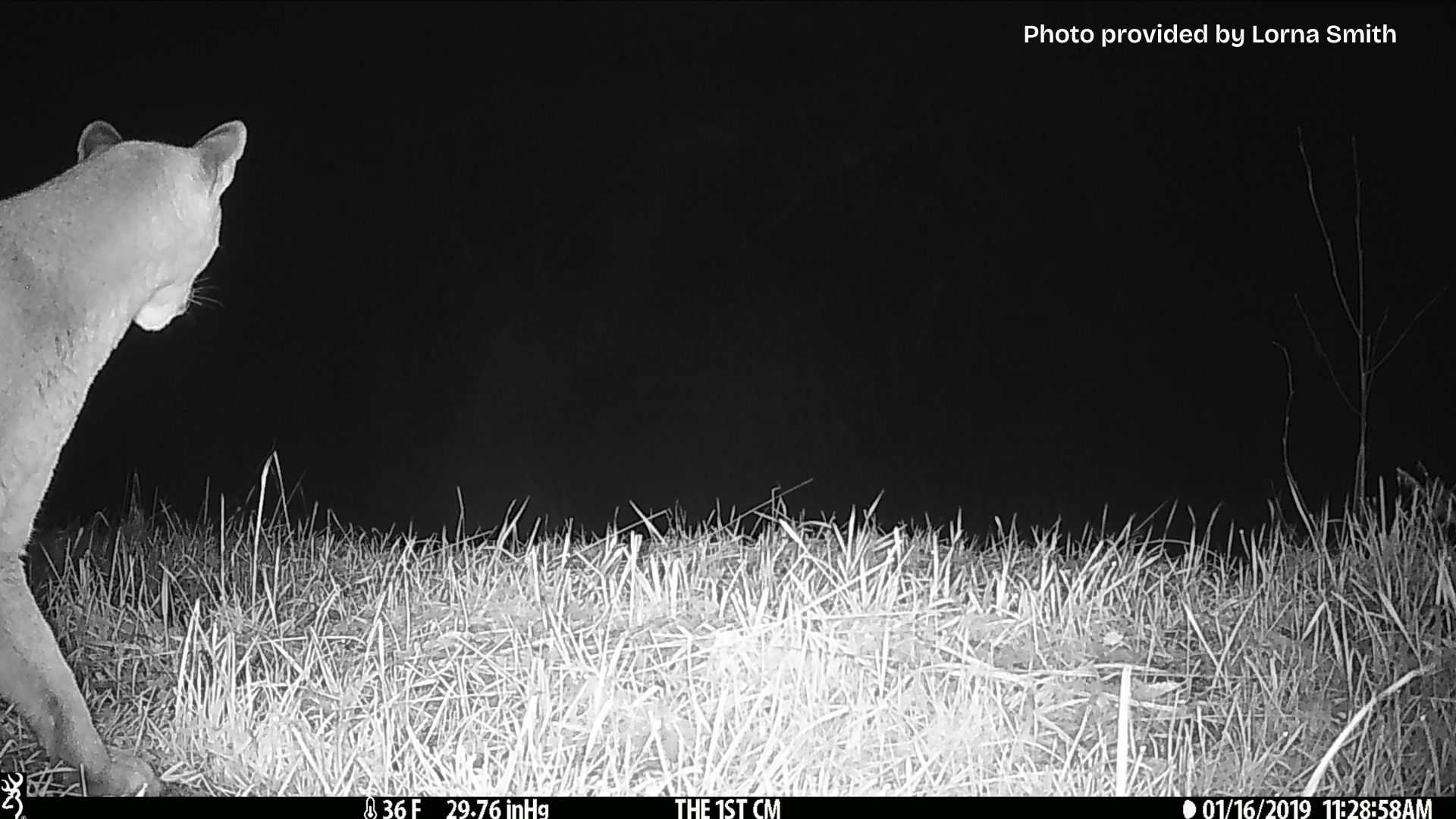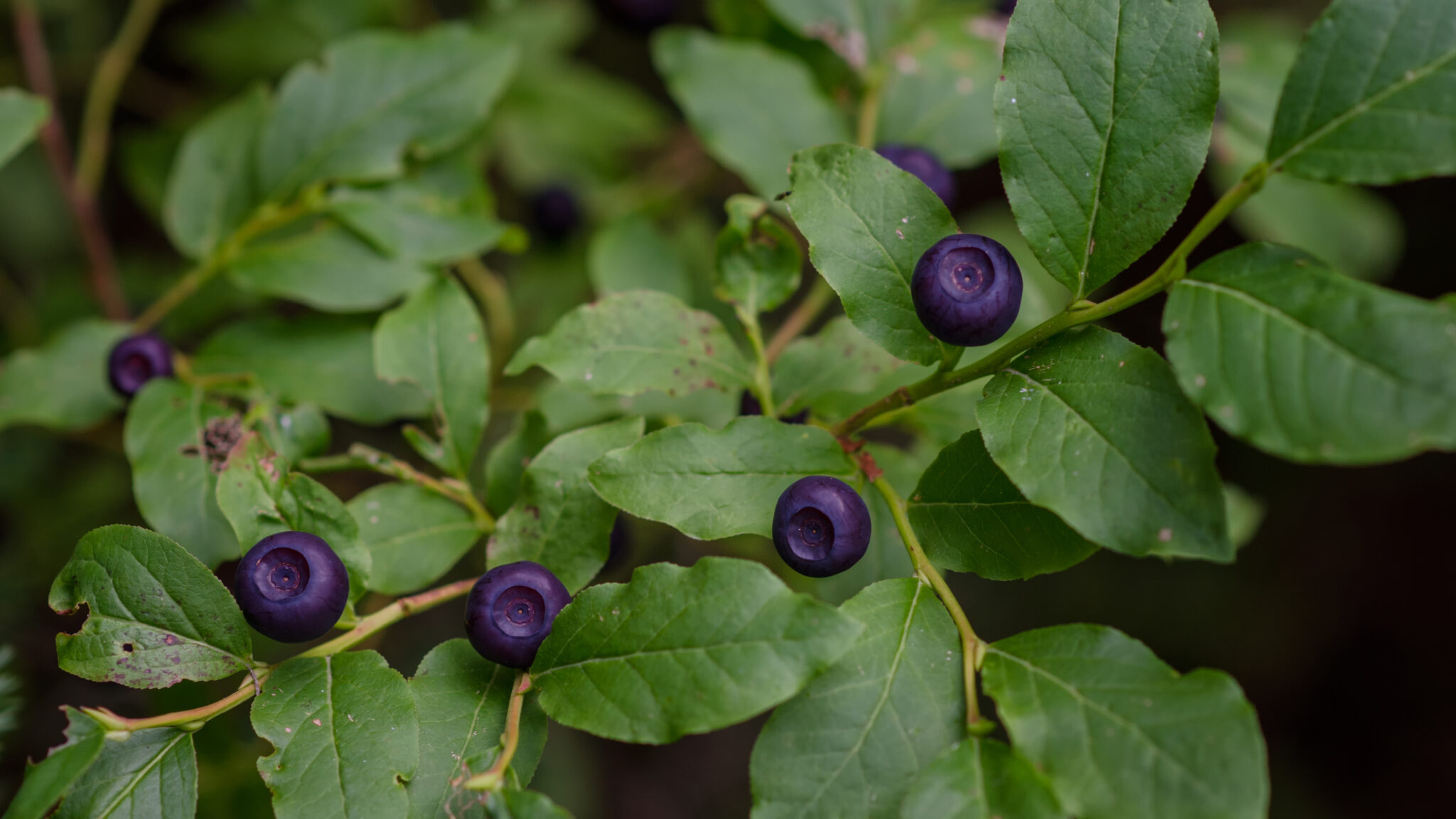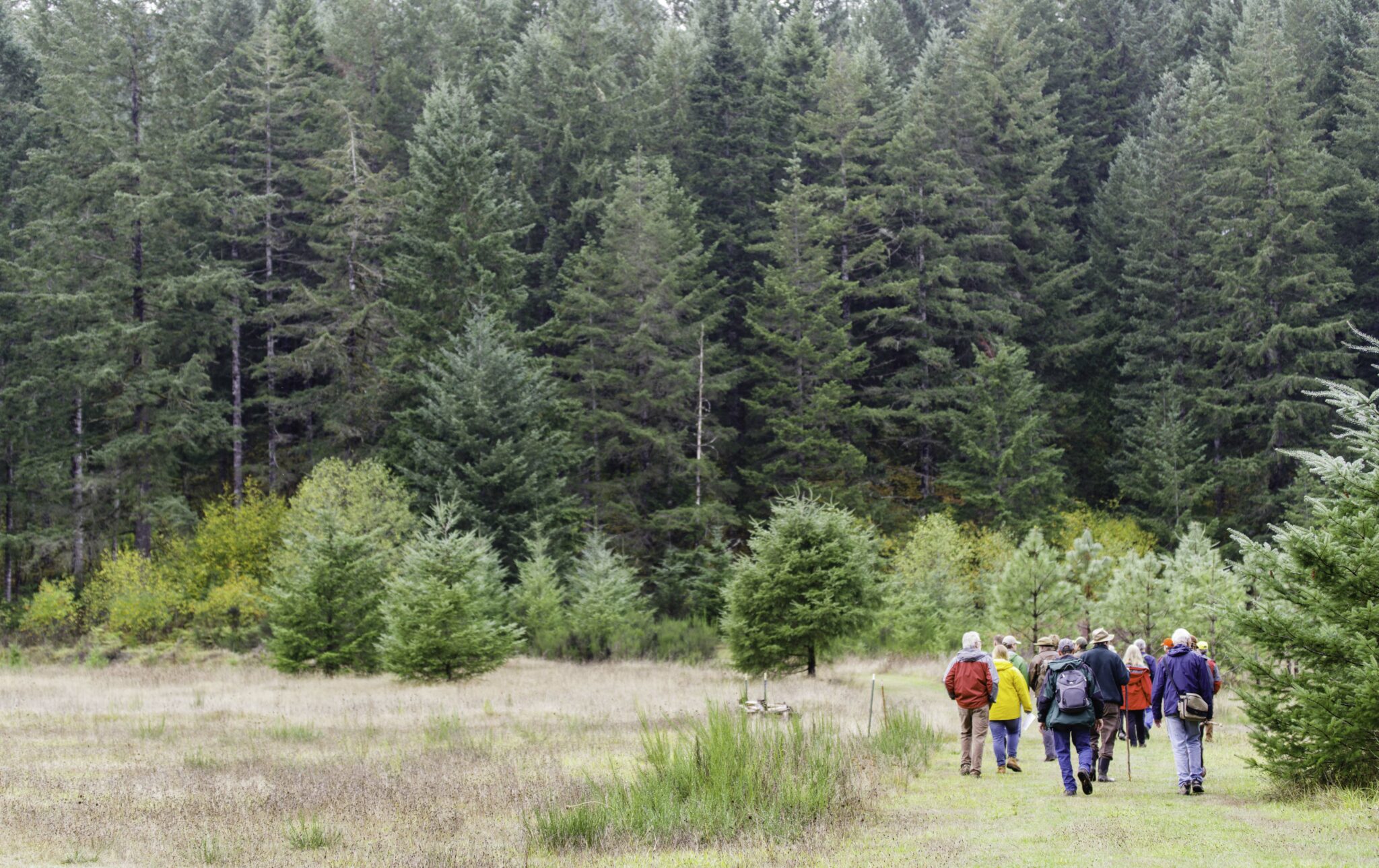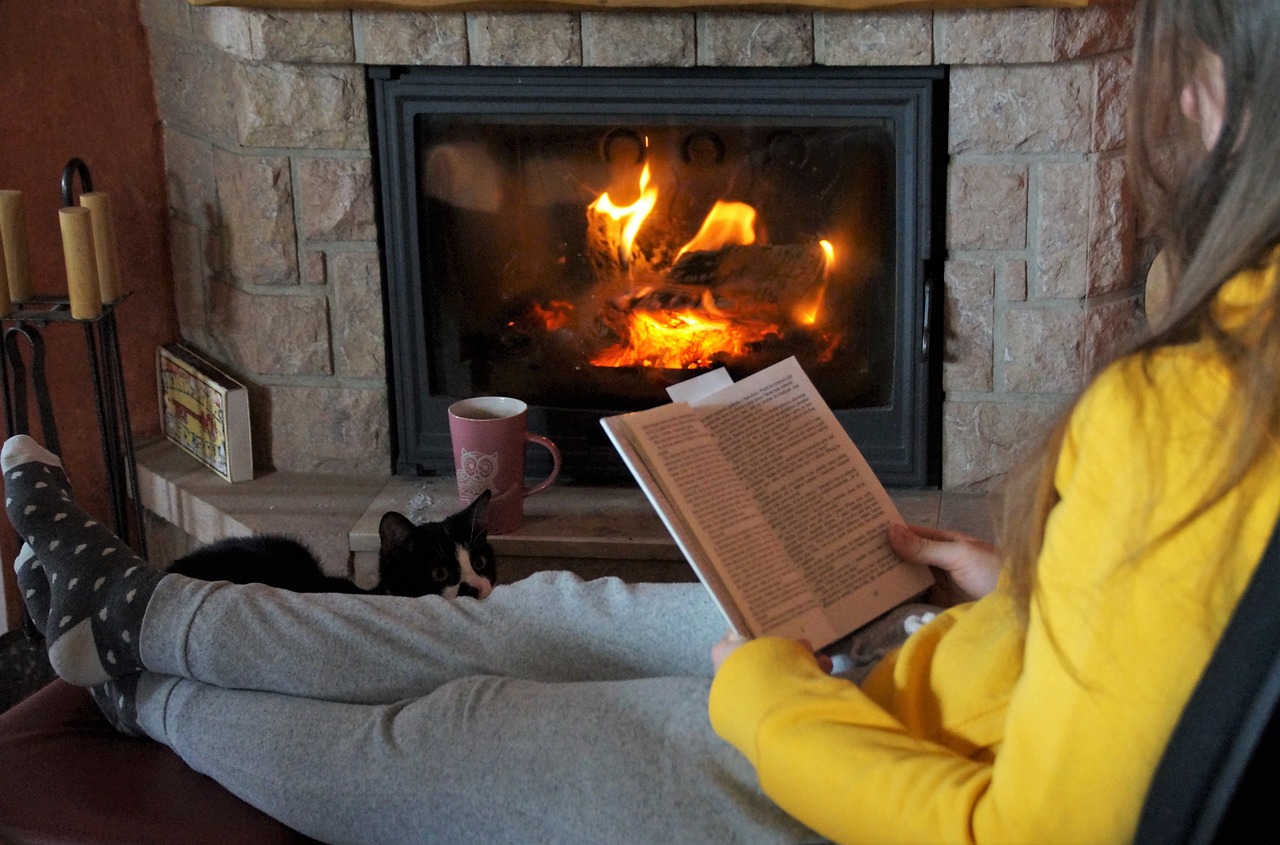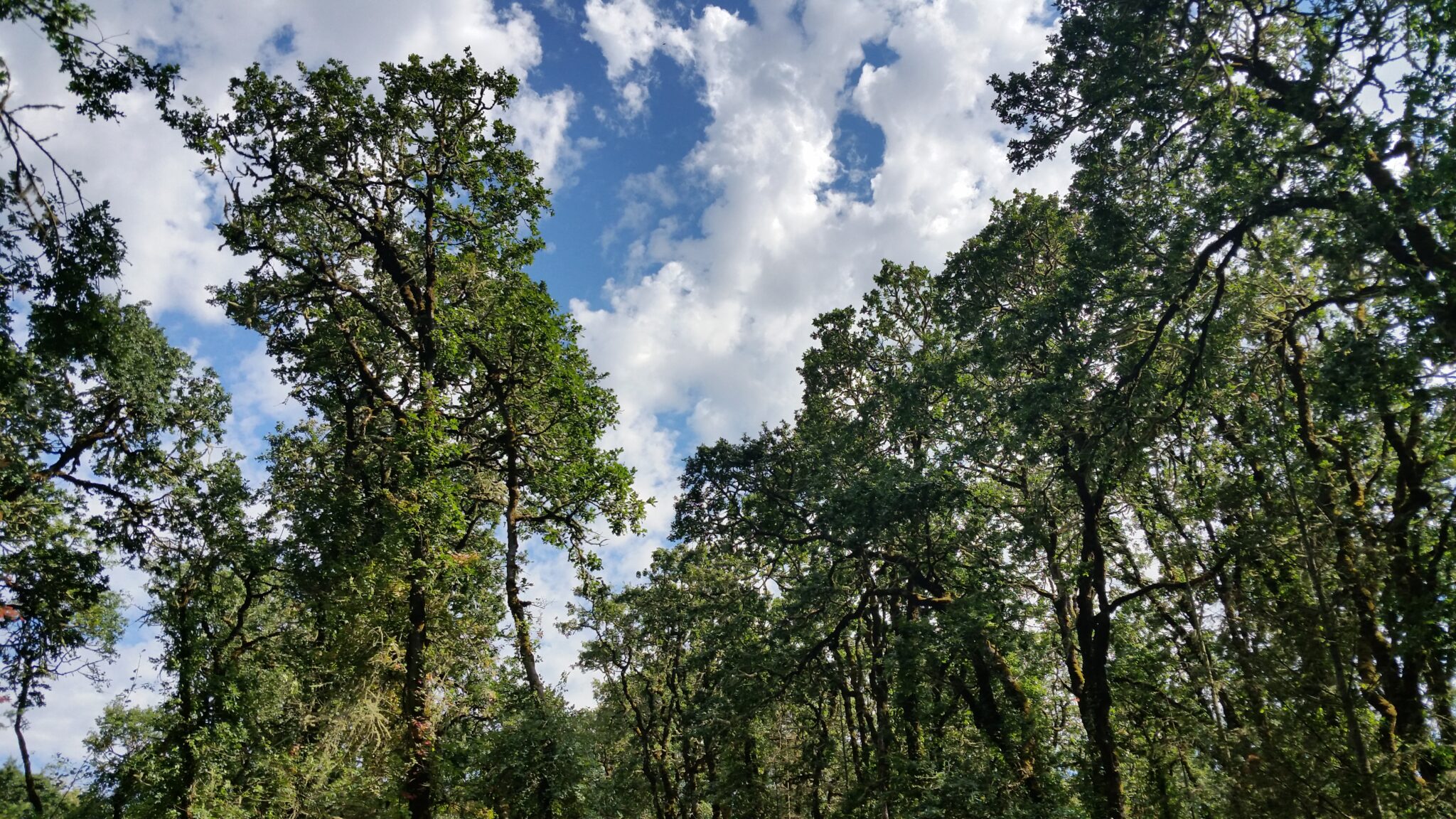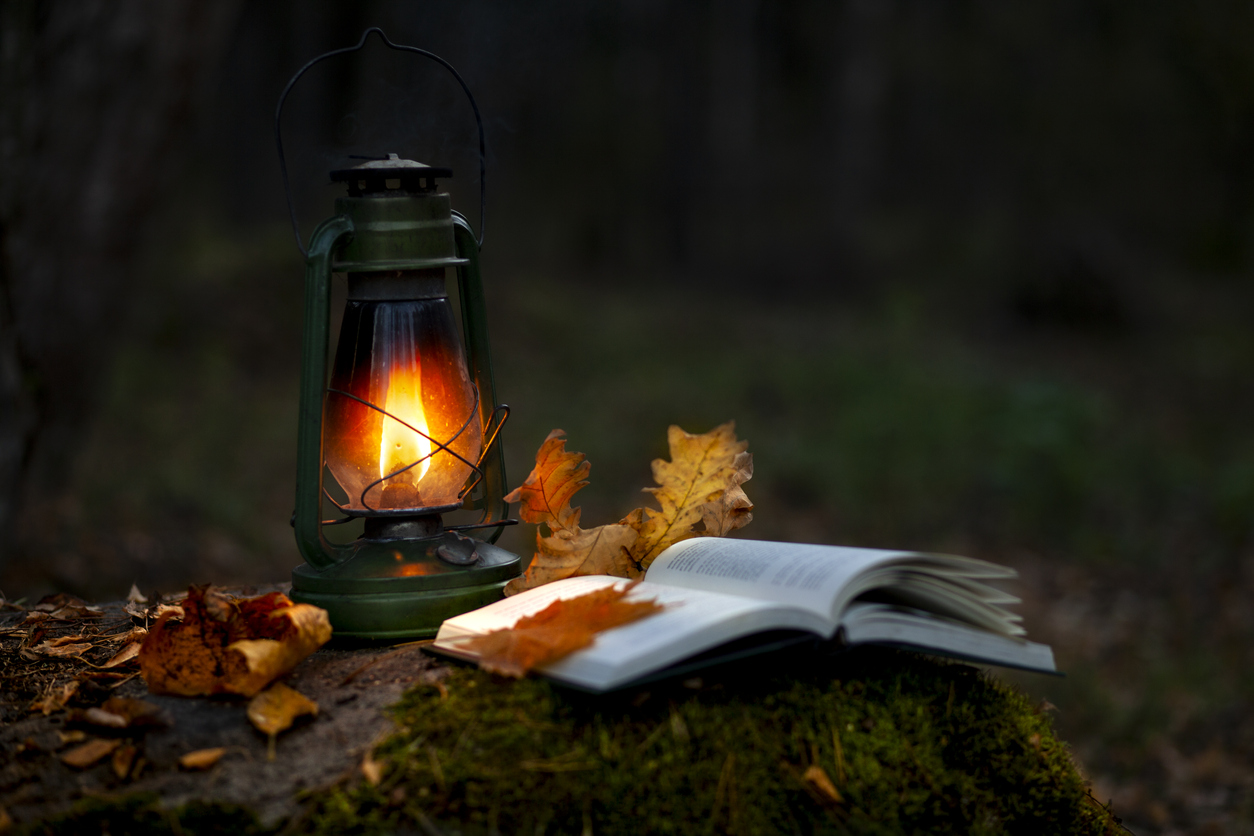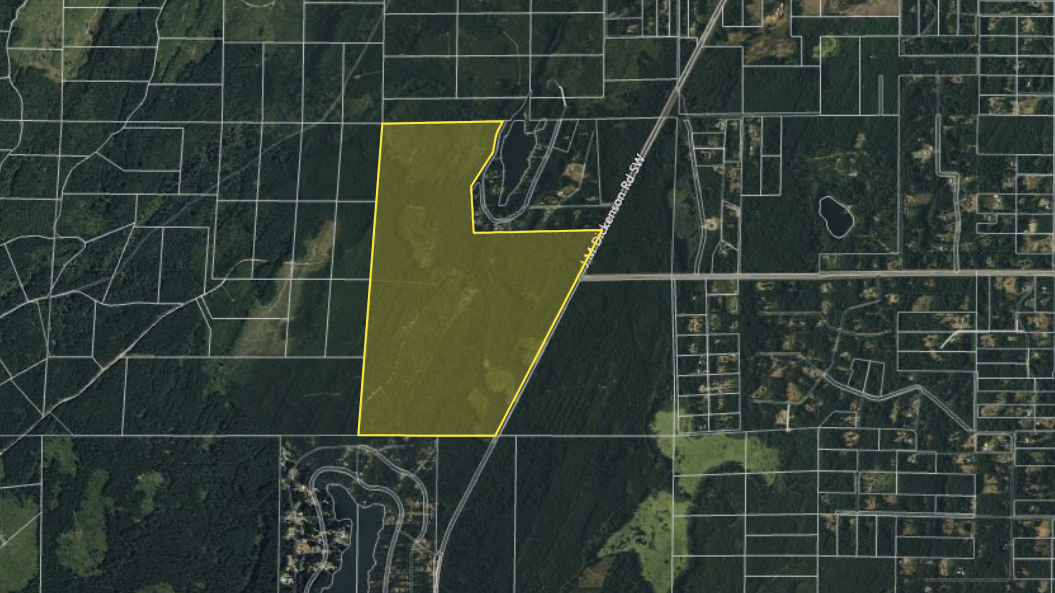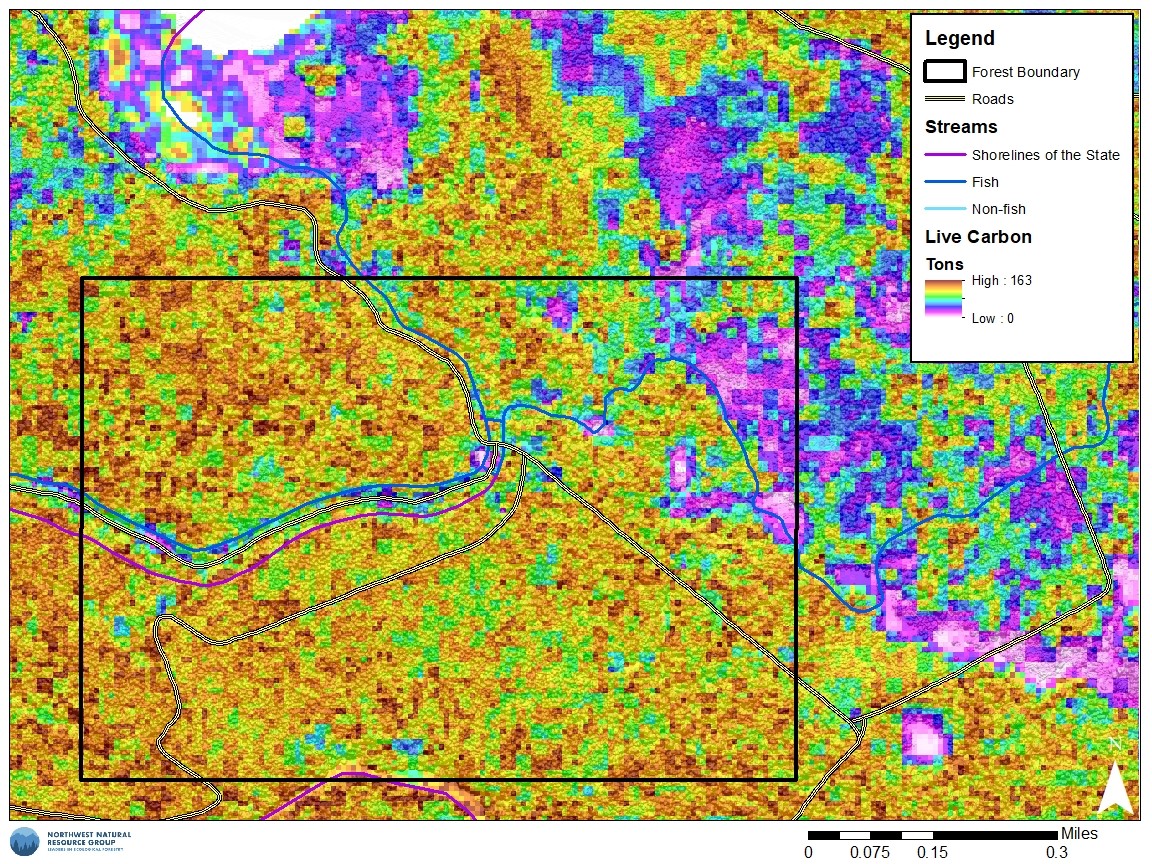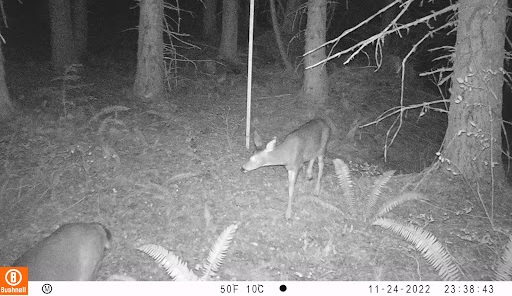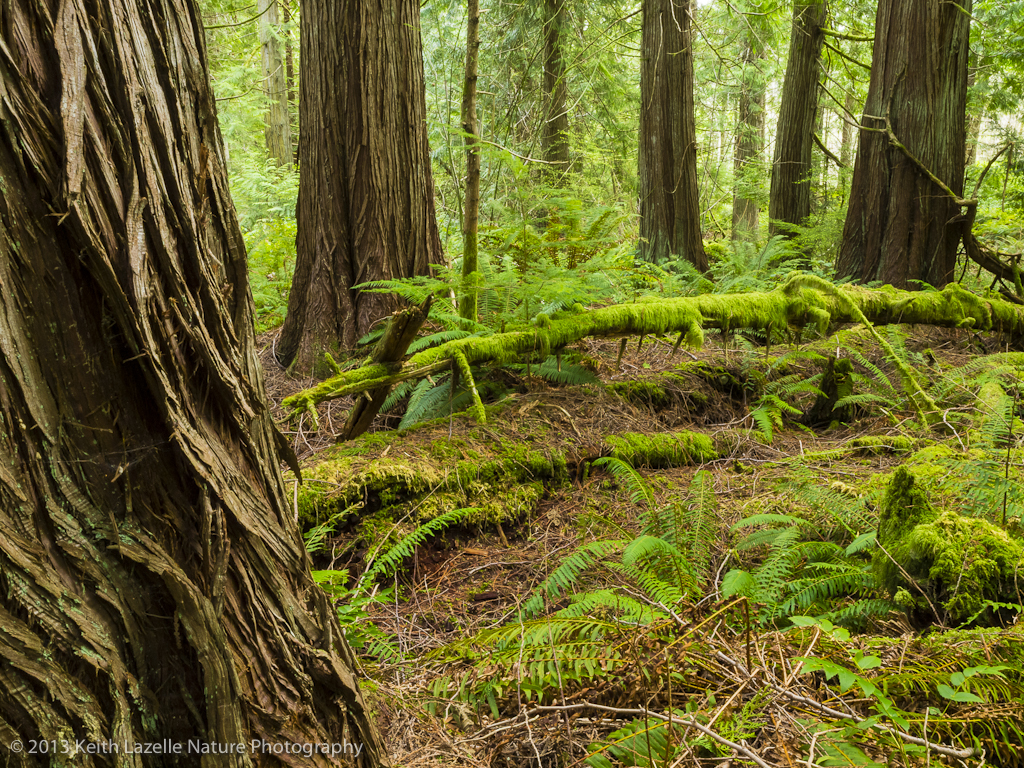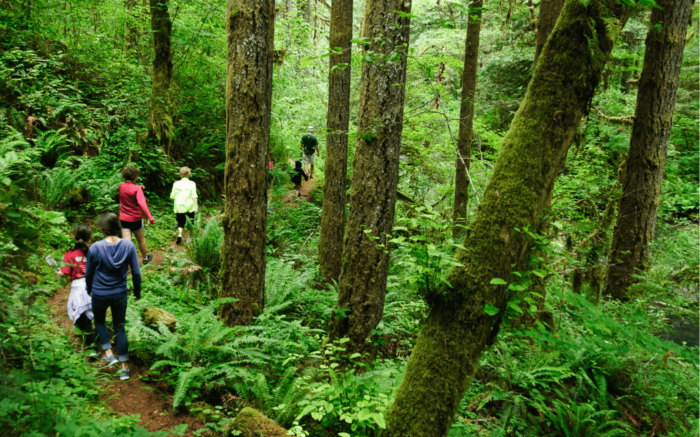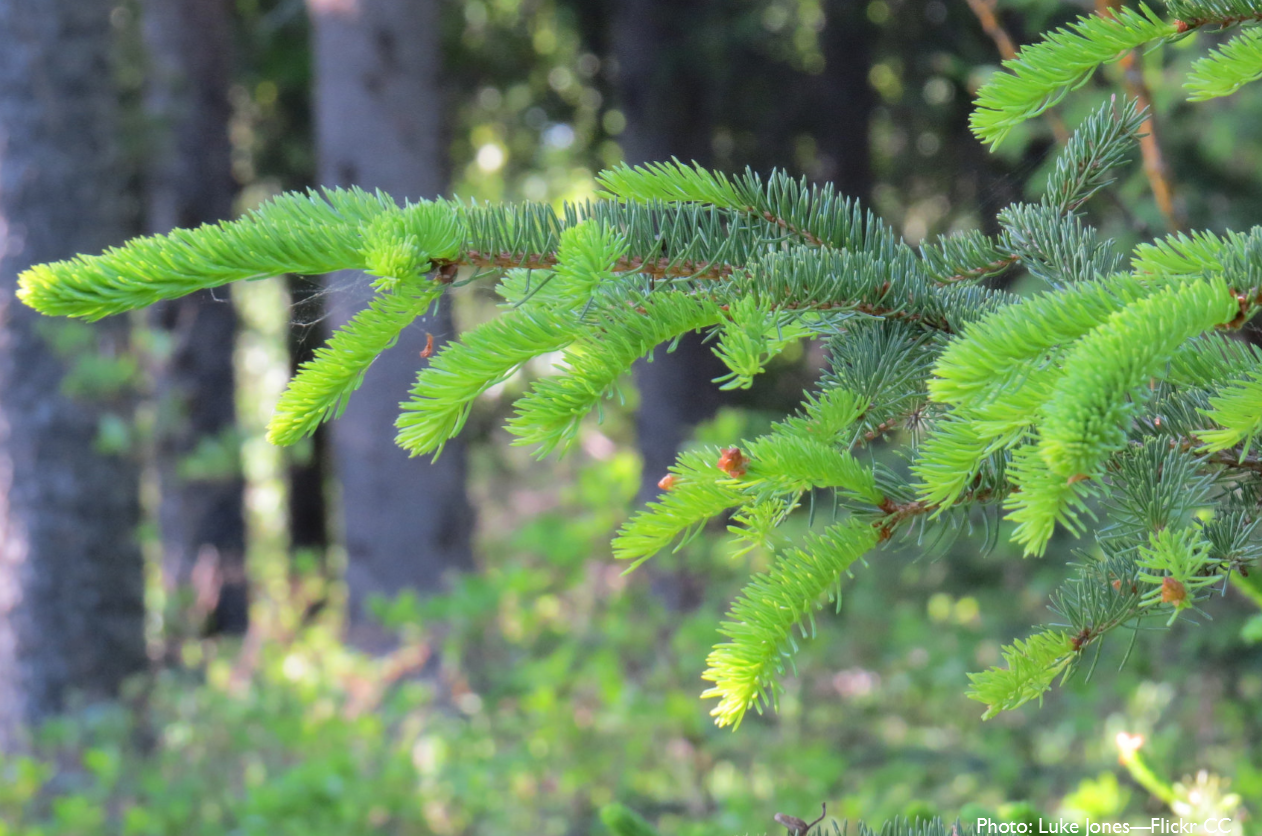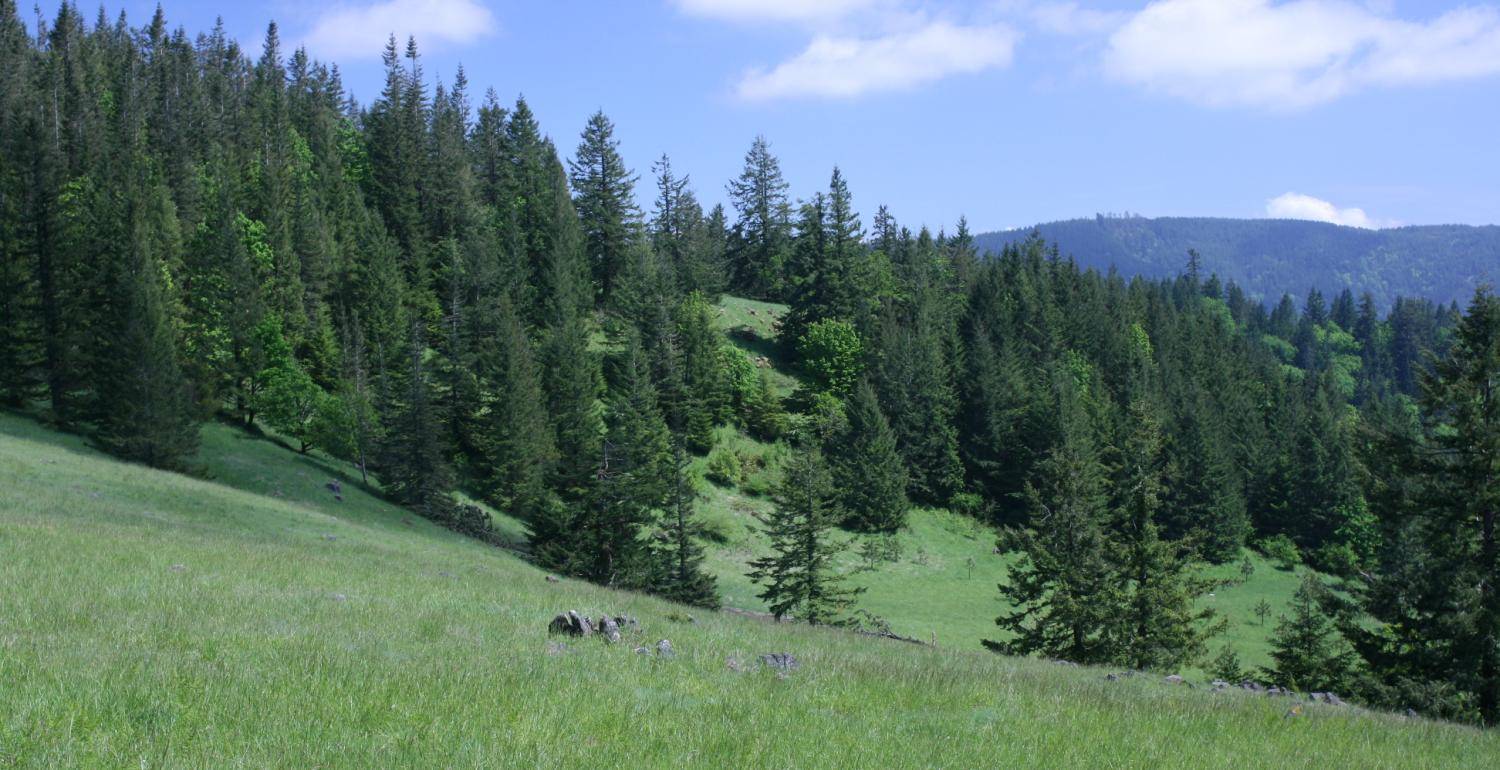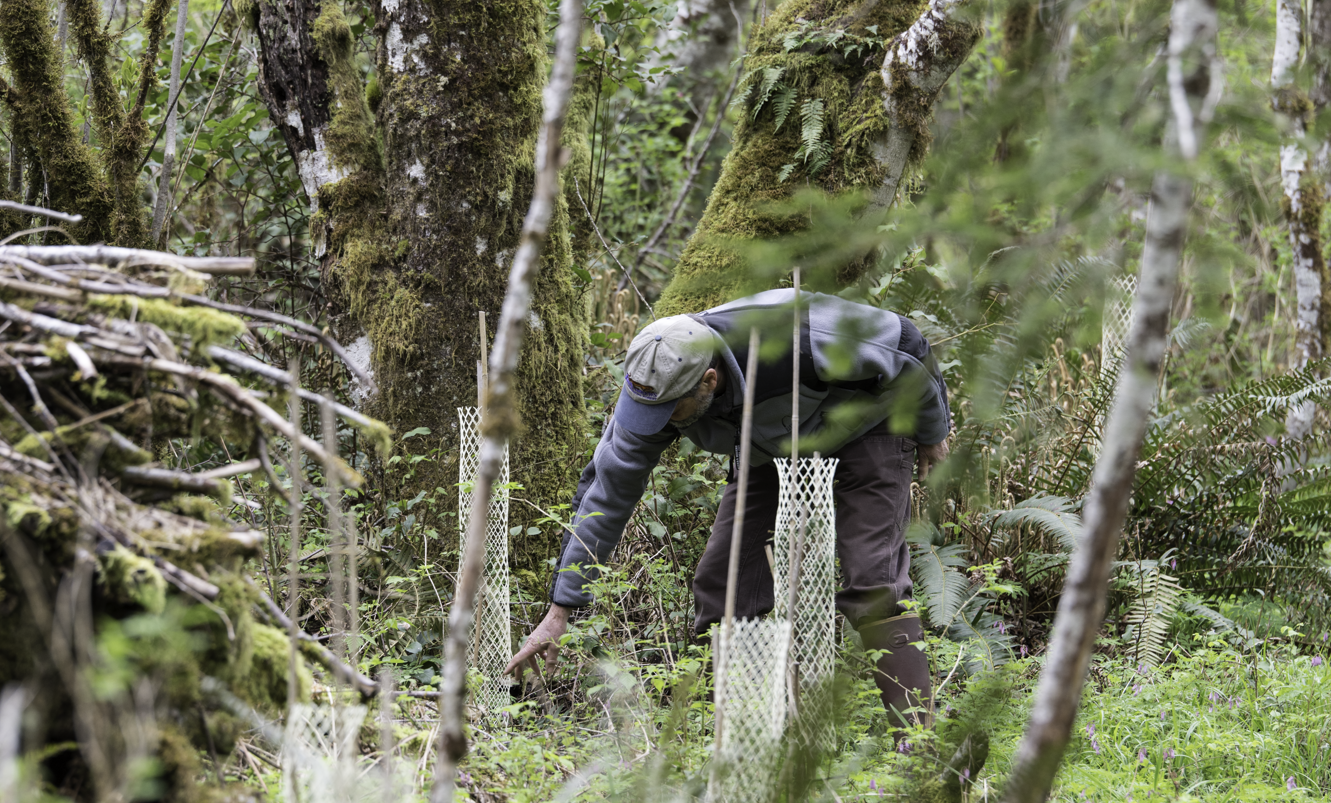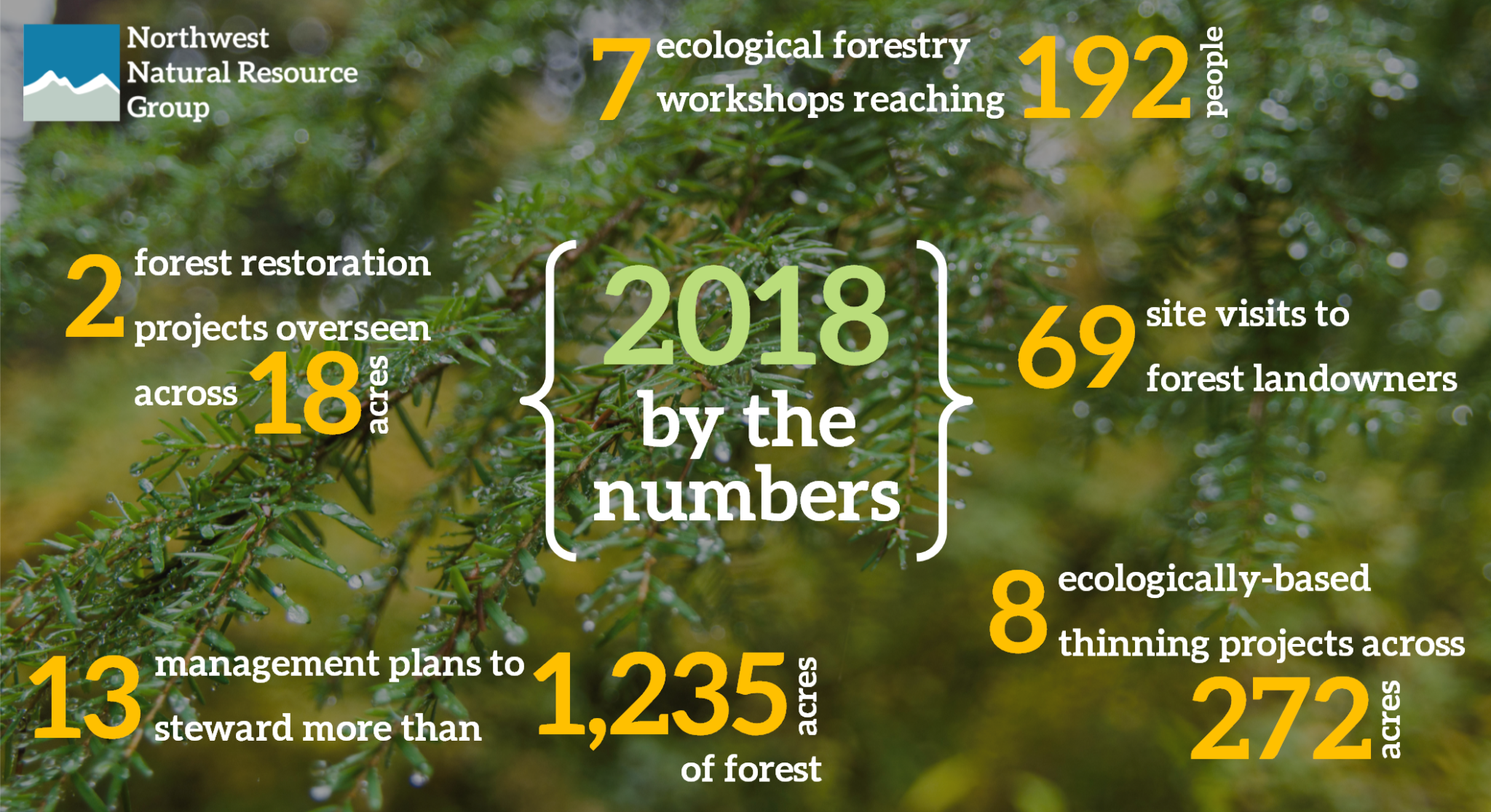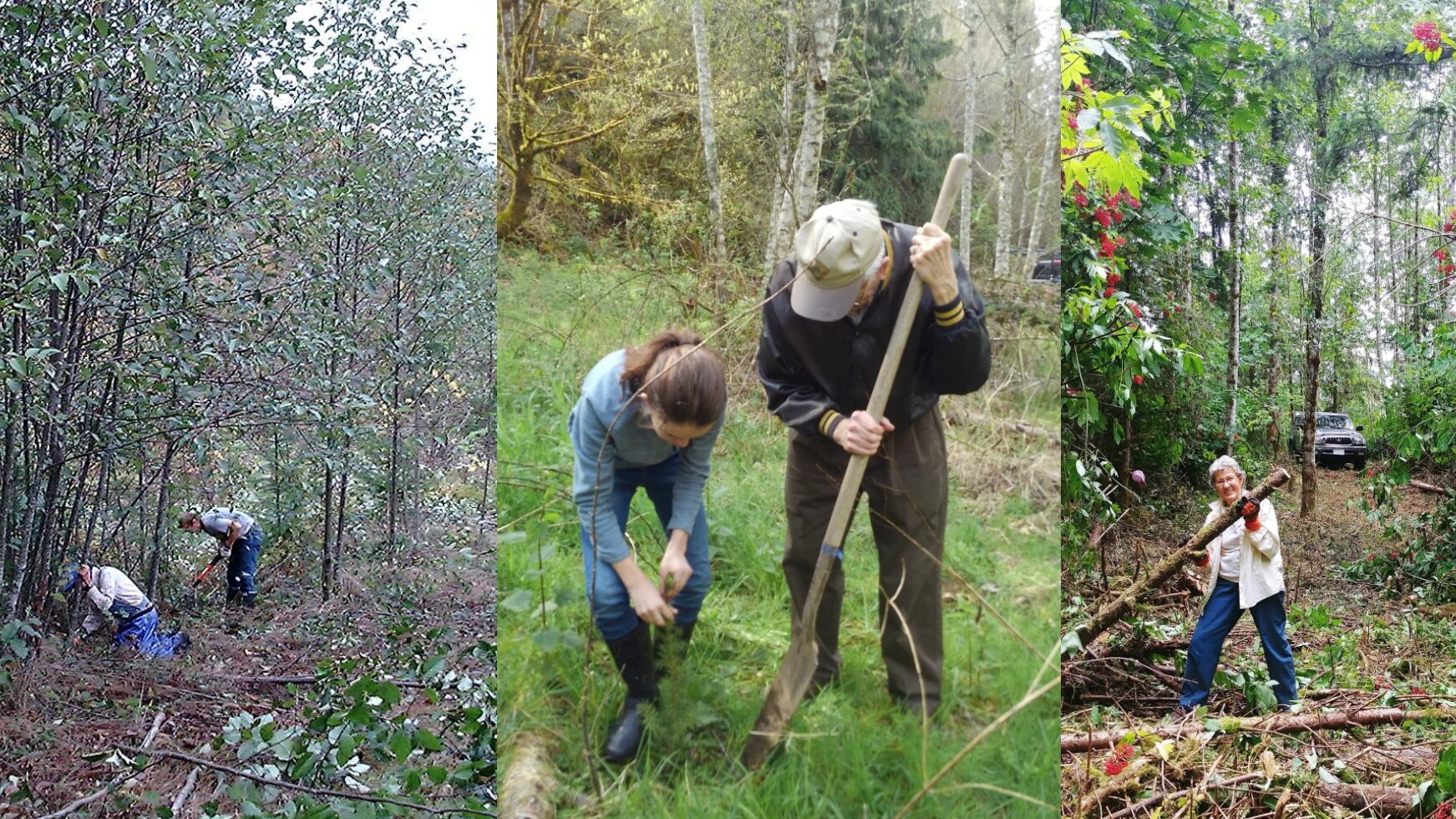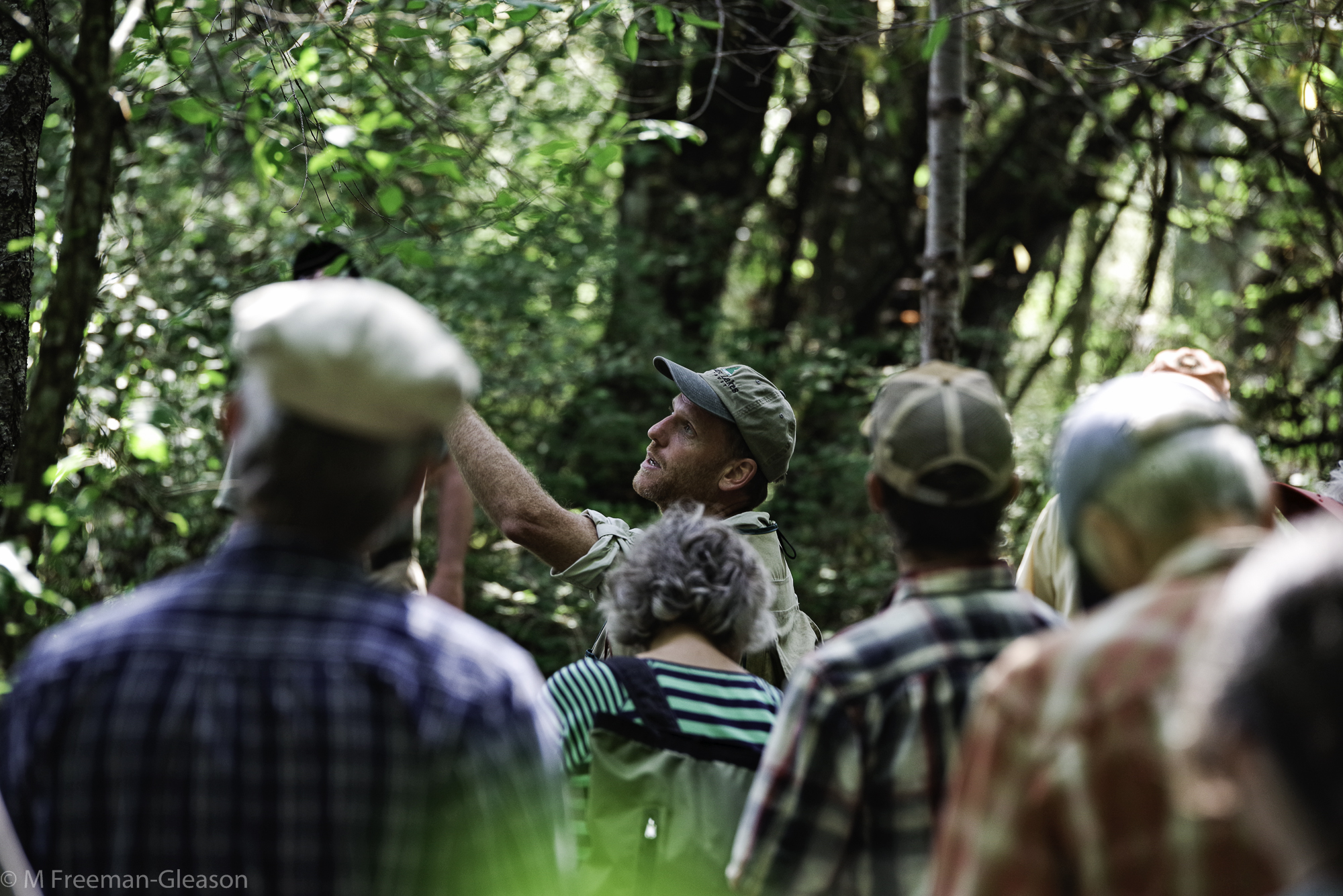In our February article, we explored how trail cameras can give us a peek into the lives of the animals that roam our forests. But what if you’re out in your woods in person—hiking, working, or just wandering? Even if you don’t spot an animal directly, the forest is full of clues that tell stories […]
Lessons in Root Rot: Turning Challenge into Opportunity
Root rot wasn’t on Paul Butler’s radar when he first began managing his forest near Olympia–but that changed in 2017 when he bought the 40-acre parcel next door. Almost immediately, Paul noticed some trouble. Two Douglas-firs along the property line, which had previously been healthy, started to decline. He soon discovered that several parts of […]
Stewarding the Forest with Empathy: Tim’s Journey in Wildlife Conservation
For Tim Schomberg, the forest has always been a place of deep connection. Growing up, he spent much of his time outdoors—logging, hiking, and learning from the woods. In his early life, he developed an appreciation of the beauty and complexity of old-growth forests. In a transformative experience, he lived for a short time with a […]
Rediscovering the Forest Through The Lens of a Trail Camera
Have you ever walked through your woods and wondered what the wildlife gets up to when you’re not around? Maybe you’ve spotted unfamiliar tracks or heard rustling in the brush, leaving you curious about the critters that share your forest. For Lorna Smith and Carl Nelson, that curiosity led them to set up trail cameras […]
Winter & Spring 2025 Washington and Oregon Native Plant Sales
The Winter Wet Season In The Pacific Northwest Is An Ideal Time To Plant Young Trees And Native Shrubs! Planting native trees and shrubs enhances forest biodiversity by providing habitat for wildlife and forage for pollinators. It’s also a great way connect to the land and increase your aesthetic and recreational appreciation for the forest. […]
New Year, New Staff
NNRG welcomes 2025 with two new staff members As we welcome the new year, NNRG is also welcoming two new staff members who you may see out in the field – Forester Barrett Gray and Program Coordinator Lauren McCaskill. We’re excited to have them onboard! We checked in with both to get the inside scoop […]
2024 Book Recommendations
We asked the NNRG staff and board — notorious for thinking about forests as much off-the-clock as on — for the best forestry, nature, PNW, and environment-related books they read this year. The resulting list has some real gems! Scroll down to read the whole list. A Forest of Your Own Author: Kirk Hanson and Seth […]
Welcome NNRG’s New Staff!
A new year means new faces at NNRG! Learn more about our two new staff members below. LAURA LINN Program Manager Reach Laura at laura@nnrg.org Laura grew up along the McKenzie River in Oregon and has shared her love of the natural world throughout her career. In her last semester of college, she followed her […]
2023 Book Recommendations
We asked the NNRG staff and board — notorious for thinking about forests as much off-the-clock as on — for the best forestry, nature, PNW, and environment-related books they read this year. The resulting list has some real gems! Scroll down to read the whole list. The Ghost Forest: Racists, Radicals, and Real Estate in […]
An Interview with the Creators of Landmapper
Our partners over at Ecotrust are releasing a new tool that makes forest maps accessible in a matter of minutes, with no specialty knowledge needed. The maps are available for most properties in Oregon and Washington, with more updates coming over the next few months. We chatted with two of the program’s creators, Director of […]
The Meaning of Maps
Maps are an essential part of forest management, used to remotely evaluate property, delineate management units, plant harvests, and track management over time. But the array of maps available can be dizzying. Below, we outline a number of the maps you can expect to see in your forest management plan, plus a few more unusual […]
Camera Traps for Climate Adaptation…and Critters!
Article by Margaux Clarke. Margaux completed her University of Washington Environmental Studies Capstone Project with Northwest Natural Resource Group in Winter/Spring 2023. 3… 2… 1… Say Cheese! NNRG’s use of scout cameras (camera traps) at their climate adaptation project in Nisqually Community Forest are an important part of the snow monitoring research, but they provide […]
Restoring watershed ecosystems at Tarboo Forest
Northwest Watershed Institute (NWI), a Port Townsend-based non-profit, leads the work to regrow old-growth forests in the uplands of Tarboo Creek and re-establish forested wetlands in the floodplain. Over the years, NWI has quilted together Tarboo Wildlife Preserve, 396 acres in the Tarboo valley near Quilicene, Washington.
Get Outside! Enjoying FSC®-Certified Forests
We are fortunate that many Forest Stewardship Council®-certified forests in the Pacific Northwest are open for public enjoyment. These lands offer an opportunity for all of us to know what healthy forests look and feel like. Here’s a list of FSC-certified forests that are open to the public.
Spring: Forestry through the Seasons
It’s nearly officially spring, so get ready to greet the return of the growing season! Each season presents the best time to conduct different stewardship activities. Timing your forest management for the ideal season will help you achieve success and avoid setbacks. This page provides tips to help you make the most of stewarding your forest […]
Working with Partners on Rare Habitats
This article, by Jim Merzenich of Oak Basin Tree Farm, was first published in the Fall 2020 edition of Northwest Woodlands, a publication of the Oregon Small Woodlands, Washington Farm Forestry, Idaho Forest Owners & Montana Forest Owners Associations. Northwest Woodlands magazine is a benefit of membership in one of these associations – click on […]
Helping Your Forest Through Dry Times
The drier and hotter years ahead don’t have to spell trouble for the forests you steward. From recognizing and responding to drought stress in trees to planting tree species from other regions, there are steps you can take to mitigate the impacts of climate change in your forest.
2018 Accomplishments by the Numbers
2018 was a productive year for NNRG and the forests our members steward! We are so inspired by the landowners and managers in our community who worked to enhance habitat for threatened and endangered species, removed invasive species, planted a diverse array of native seedlings and shrubs, and pursued new markets for local wood products. These are highlights from 2018.
Family Forests as a Natural Capital Endowment
My family’s forestlands have grown to just over 200 acres in the past few years.
Resources for San Juan County Forest Owners
Northwest Natural Resource Group and our partners have hosted ecological forestry workshops in the San Juan Islands since 2012. These resources are specifically for San Juan County forest owners who are interested in learning techniques to reduce fire risk, increase forest value, manage timber sales, market forest products, and improve the ecological and economic health of island forests.

